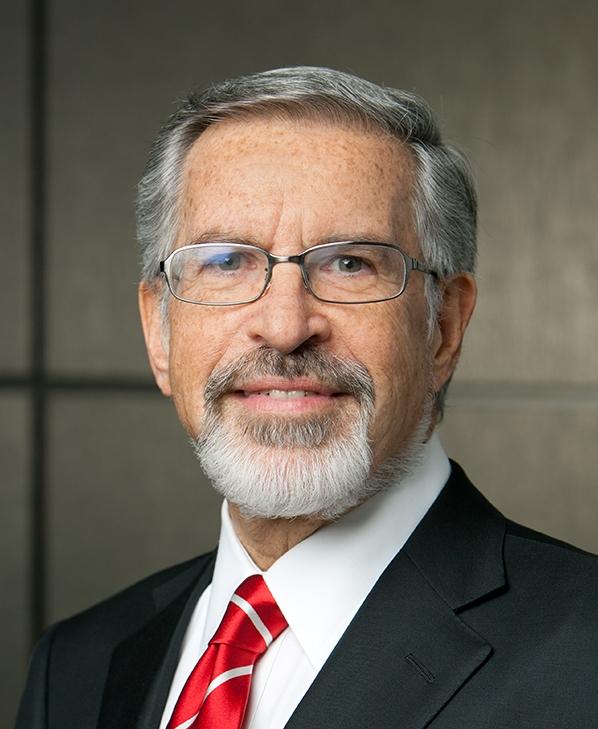Deep engagement with communities is most effective when helping people enroll in marketplace coverage
BY LEONARD D. SCHAEFFER
As we enter the third year of an ever-changing pandemic, there are two bright spots. First, the uninsured rate has fallen to less than 10%, even lower than before the pandemic. Second, according to the Department of Health and Human Services (DHHS), a record 14.2 million people enrolled in marketplace coverage during the 2022 open enrollment period. This means that many more people have better access to care, particularly a regular source of care, where they can get trusted medical advice for themselves and their families. Given that the largest group of unvaccinated people is among the uninsured, this is great news. In addition, having health coverage will ensure that many more families have financial protection from increasing health care costs.
At the time of the announcement, DHHS credited enhanced marketplace subsidies under the American Rescue Plan Act and its investments in marketing, outreach, and the navigator program for the enrollment gains. Although agents and brokers have played a critical role in the success of the federal and state marketplaces, they are rarely mentioned as a factor in that success. Subsidies for a dizzying array of plans, however, would be left on the table if it were not for agents and brokers assisting customers in choosing appropriate products and applying for the financial assistance that makes coverage affordable.
In fact, agents and brokers are the unsung heroes of reducing the uninsured. According to CMS, these professionals, even when compared to navigators, prove to be the most effective alternative for helping people to enroll in marketplace coverage. For plan year 2020, agents and brokers brought 1.12 million new enrollees into the marketplace and assisted millions more with renewals. Navigators are extremely important but agents and brokers outperform them in enrolling consumers in a marketplace plan. In 2020, navigators enrolled 31,200 consumers compared with agents and brokers who enrolled 3,962,735. Agents and brokers are also more cost-effective than navigators in enrolling people in coverage. As CMS acknowledges, the efforts of agents and brokers to increase participation in the individual market results in a better risk pool and a more stable individual market.
Subsidies for a dizzying array of plans, however, would be left on the table if it were not for agents and brokers assisting customers in choosing appropriate products and applying for the financial assistance that makes coverage affordable.
Agents and brokers have also become critical to seniors enrolling in traditional Medicare or in private sector Medicare Advantage plans. The senior demographic has a decision-making process that agents and brokers understand. They use this expertise to help guide seniors through the complicated process of choosing a product that meets their needs. Ninety-six percent of Medicare Advantage (MA) and Part D plans now contract with independent agents.
The secret to agent and broker success is their deep engagement with their communities. The observation that all healthcare is local holds true for healthcare coverage as well. Agents and brokers, in particular, have a unique knowledge of their communities and the diverse customers that they serve. It is not uncommon for agents and brokers to be involved with local sports teams, schools, community nonprofits, even city councils. Having personal relationships in their communities gives agents and brokers an incomparable ability to demystify the process of buying health insurance for all types of people. They can, for instance, distinguish the different insurance needs of an adult child coming off their parents’ plan, a young family with a new baby, an early retiree, or a senior with multiple medications.
There is no greater challenge, however, than the stressful process of how low-income people find, apply, enroll and stay enrolled in public health coverage programs, such as Medicaid. I recently joined the advisory board of PointCare, a national coverage management platform for all public coverage that is the brainchild of Phil Lebherz and Everett Lebherz. While policy experts debate the issue, these two California agents decided to actually solve the problem of making public coverage work for the 75 million Americans who can’t afford health care and don’t know how to access it properly. Different types of health systems use PointCare’s technology to enroll patients in public coverage. Once covered, patients are financially protected, the providers that deliver their care are compensated, and the health plans that insure them grow membership.
The pandemic will likely become endemic, meaning we will learn to manage COVID-19 like seasonal colds and flus. As we turn our focus then to rebuilding our communities post pandemic, agents and brokers will play a crucial role. They will help strengthen our health care “infrastructure” by enrolling and retaining more people in affordable private and public health coverage. This will ensure better access to care, larger health insurance pools for spreading risk, and, ultimately, a healthier population. Equally important, they will help our nation return to stability by continuing their tradition of giving back to communities as engaged citizens, local leaders, and problem solvers.

LEONARD D. SCHAEFFER is founding chairman and CEO of WellPoint (now, Anthem), Judge Robert Maclay Widney Chair and Professor at the University of Southern California (USC).
Editors Note: The online version of this article contains hyperlinks to sources sited throughout.
